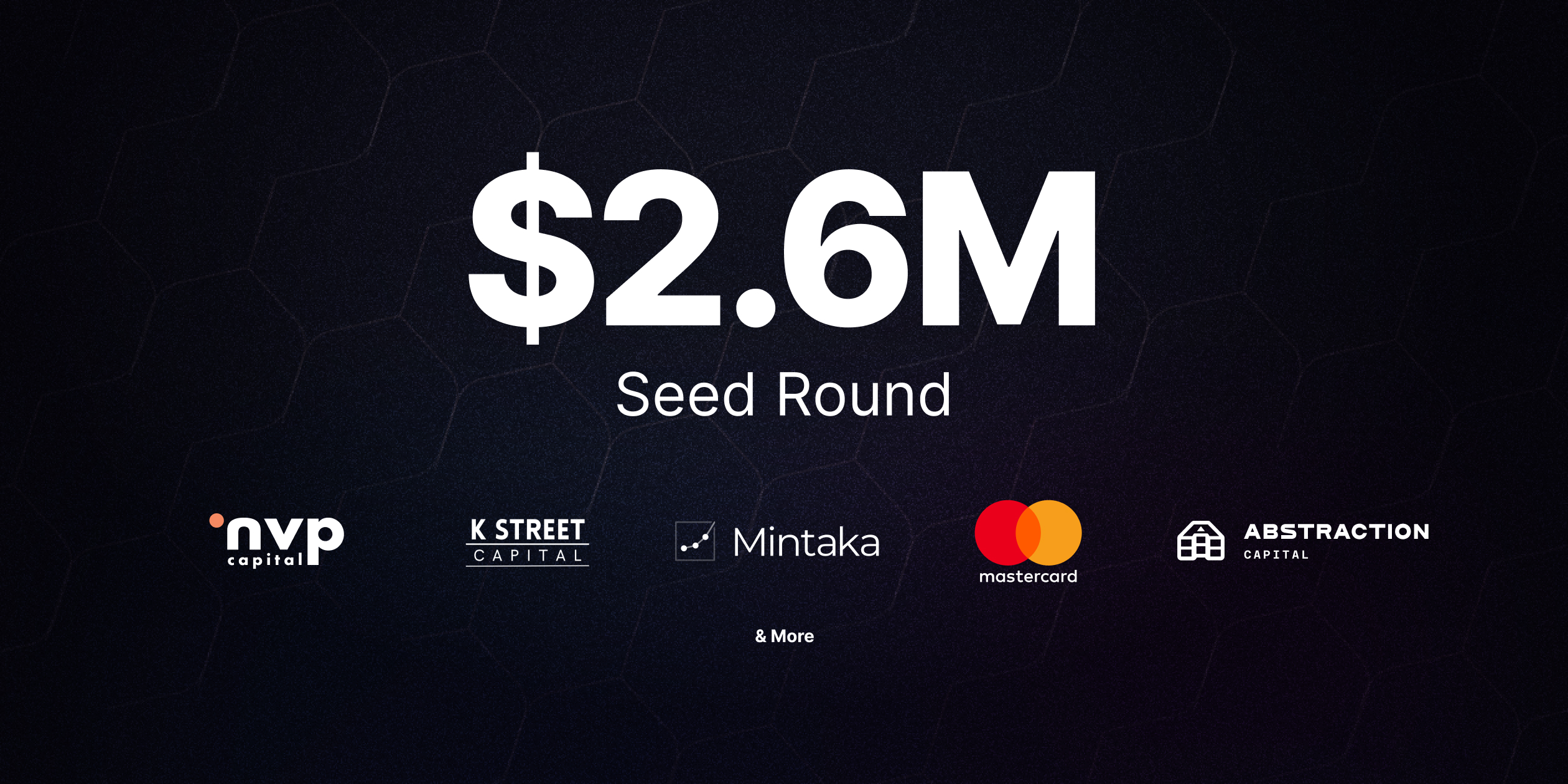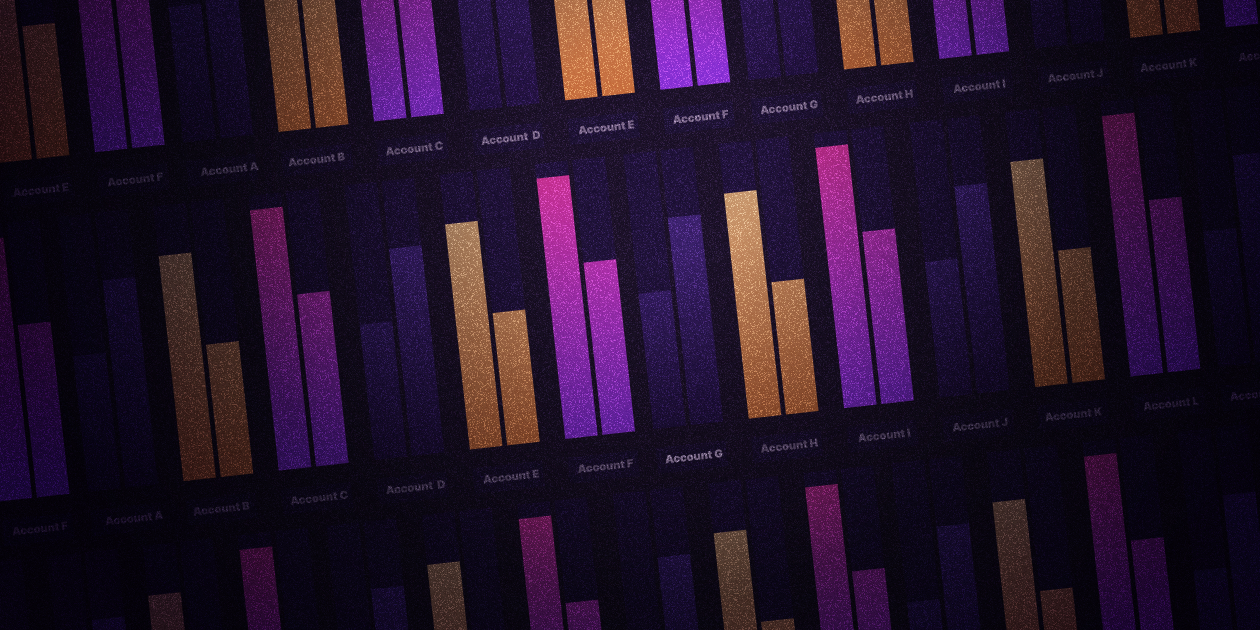
How GraphQL Fuels Quiltt’s Edge
Open Banking data can be messy. Multiple APIs. Inconsistent formats. Developers end up fighting data when they should be shipping product. At Quiltt, we use GraphQL to flip the script—giving builders clean, enriched data from multiple sources, all in one query. Less duct tape. More time to build. Here’s how it works 👇
The year is 2012.
Smartphones are taking over.
Gangnam Style is melting brains.
And while most engineers are battling with multiple clunky REST APIs, a small team at Facebook is asking a dangerous question:
What if we could get exactly what we need from our data—nothing more, nothing less?
That simple question has since exploded into what we now call GraphQL—a technology that redefined how developers interact with data.
And it’s been quietly changing how developers work ever since.
Traditional REST APIs often return bloated payloads, or force multiple requests to stitch together related data.They basically dump everything on your plate. Or worse, they make you go back for seconds, thirds—just to stitch together what you need. And you have to constantly check the docs to see what you may get back.
GraphQL flips the script: Ask for what you need. Get exactly that.
No bloated payloads. No need to make multiple requests.
Ever heard the saying “measure twice, cut once?”
That’s GraphQL.
Why GraphQL is Quiltt’s Powertrain
When you’re building with Open Banking data, precision is the difference between a clunky experience and one that just works.
Ever try a budgeting app that’s always a day behind? You’re staring at yesterday’s balance, wondering if rent actually cleared? Or if your card’s about to get declined at the grocery store?
The problem is Open Banking data comes from everywhere—and nowhere clean.
There’s the aggregators: Akoya, Finicity, MX, Plaid—to name a few.
Then there’s enrichment providers: FinGoal, Ntropy, Pave.dev, and a host of others.
Every one of them has quirks: its own API, its own data model, and its own limitations.
Meanwhile as a developer, you’re stuck.
Wrestling APIs.
Duct-taping payloads.
Building a ton of custom logic to normalize everything, praying your data is right.
Or…
You could use Quiltt.
GraphQL is our backbone. Or rather, we’ve made it the backbone of how developers access Open Banking data on the Quiltt platform. By leveraging GraphQL APIs, developers can manage and retrieve data efficiently through a single endpoint, minimizing over-fetching or under-fetching of data, and enabling complex queries that can retrieve related information in a single request, which enhances app performance even on slow network connections.
Instead of juggling a mess of endpoints, Quiltt provides a single, unified interface where developers can:
- Fetch only the data they need
No more wading through massive JSON blobs just to extract a user’s account balance. If you need a specific transaction from a cash flow statement, you can fetch it without having to retrieve an entire ledger. With Quiltt’s GraphQL-powered approach, developers ask for exactly what they need—no more, no less.
- Query multiple Open Banking sources in one request
Since Open Banking is a patchwork of APIs, you’re typically forced to integrate and query each one separately for the data you need. Not with Quiltt; not with GraphQL. Need transaction data from a bank and income verification and profile insights? Done. One integration, endless possibilities.
- Navigate changing APIs with confidence
In traditional API integrations, documentation is either scattered or outdated. With GraphQL, the schema is the documentation. Instead of worrying about versioning nightmares, developers can rely on Quiltt’s GraphQL schema as a stable contract.
Introduction to GraphQL
GraphQL is a powerful query language for APIs and a runtime for executing those queries with your existing data. Unlike traditional REST APIs, where you often have to make multiple requests to different endpoints to get the data you need, GraphQL allows you to ask for exactly what you want in a single request. This means no more over-fetching or under-fetching data—just the exact data you need, when you need it.
With GraphQL, you get a complete and understandable description of the data available in your API. This makes it easier for clients to know what they can ask for and ensures that they only get the data they need. It’s designed to be more flexible and efficient than REST APIs, giving you the power to specify your data requirements precisely. This not only reduces the amount of data transferred but also makes your API interactions more efficient and streamlined.
Building With GraphQL: What It Actually Gets You
Let’s say you’re building a fintech app that helps gig workers manage their finances.
You’ll need to pull income data, verify balances, and categorize transactions—all without overwhelming your systems.
With Quiltt’s GraphQL API, you can:
✅ Query only the latest balance instead of fetching an entire transaction history with precise graphql queries.
✅ Retrieve enriched, categorized transactions from multiple bank accounts in one request. GraphQL requests are more efficient compared to REST, allowing multiple entities to be fetched in a single request from one endpoint.
✅ Validate a user’s real-time account balance without over-fetching historical data. GraphQL data fetching is efficient and offers benefits such as easy readability, preventing common issues like under and over-fetching, and supporting strong typing and flexible schema evolution.
Performance boost? Sure.
But more than that: it’s a competitive edge.
Fewer headaches. Faster dev cycles. A better experience for your users.
Benefits of GraphQL
The benefits of using GraphQL are numerous and impactful. One of the most significant advantages is improved performance. Because clients can specify exactly what data they need, GraphQL reduces the amount of data transferred, leading to faster and more efficient data fetching compared to traditional REST APIs. This reduction in data transfer not only speeds up your application but also reduces latency, providing a smoother user experience.
Another key benefit is the strong type system that GraphQL offers. This type system ensures that your applications only ask for what’s possible, providing clear and helpful errors when something goes wrong. This makes it easier to evolve your APIs over time, as you can add new fields and types without breaking existing queries. Additionally, the strong type system enables powerful developer tools, making it easier to build, test, and maintain your applications.
Integration with Third Party Service Providers
GraphQL shines when it comes to integrating with third-party service providers, especially in the realm of open banking APIs. Financial institutions can leverage GraphQL to securely and efficiently share customer data with third-party service providers, enabling a host of new services and innovations. The strong type system and schema definition language of GraphQL ensure that data is shared accurately and securely, minimizing security risks.
Moreover, GraphQL’s ability to handle multiple endpoints and define data requirements makes it an ideal choice for these integrations. Instead of juggling numerous APIs and endpoints, developers can use a single GraphQL query to fetch all the necessary data from various sources. This not only simplifies the integration process but also ensures that you get only the data you need, reducing complexity and improving efficiency. Whether you’re pulling financial data from different banks or enriching it with third-party services, GraphQL makes the process seamless and straightforward.
Conclusion: Why This Matters for Developers and Third Party Service Providers
A decade ago, if you were searching for a way to simplify Open Banking integrations, you’d have been out of luck. It would have been like assembling IKEA furniture—without the instructions.
Today, GraphQL makes it possible to extract exactly what you need, when you need it. Unlike a REST API, which often requires multiple endpoint requests and can lead to overfetching data, GraphQL allows for more efficient data fetching.
At Quiltt, we don’t just aggregate financial data. We orchestrate it, and GraphQL is the engine that makes it possible.
If you’re building with Open Banking data and tired of wrangling multiple APIs, Quiltt’s here to make your life easier.
One API Call.
One endpoint.
All the data you need—clean, fast, and ready.
Want to see it in action? Let’s chat.




